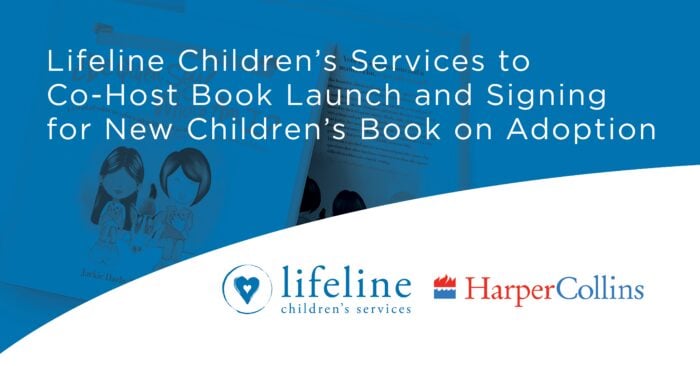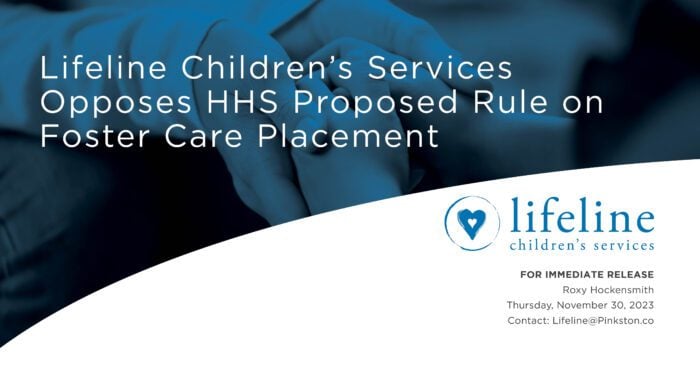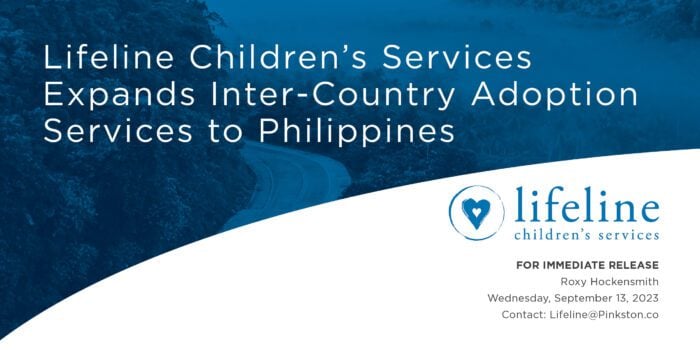Why is loss so powerful? When we are separated from something or someone to which we are attached, what emotions do we feel? Perhaps anger, confusion, and sadness. The key word here is “feel”. Have you ever experienced these emo-tions following a loss? If so, then you are normal, and so are the children in your care. The grieving process is the God-given emotional response to loss. All peo-ple experience loss as a part of life, and it is okay to feel angry or sad. Since these overwhelming feelings can lead to behaviors which may be harmful to ourselves or to others, we must learn to express them in healthy ways, and we get to teach children how to do just that!
WHY CHILDREN GRIEVE:
Because every story of foster care or adoption involves loss: Loss in foster care and adoption is like the ele-phant in the middle of the room. It must be addressed. What happens to children who become attached to people, places, and cultural traditions only to be separated from them? Their lives are turned upside down by the circum-stances which led to adoption or foster care, and it may feel confusing, scary, or as if a part of them is missing. We must anticipate that every child will grieve because every story of foster care or adoption involves loss.
Because removal from a harmful environment or family member is still a loss: The fact that their new circum-stances are nicer or safer does not mean the loss will hurt any less. When children lose what is familiar to them, they will grieve and adjustment will be difficult. Expecting gratitude from children is unrealistic and inconsiderate of their tremendous losses.
Due to developmental milestones: Experiences like the start of school, birthday parties, puberty, break-ups, grad-uation, etc. can reawaken memories and feelings and act as grief triggers. Ask yourself, “Who is the child experiencing these changes without?” As children grow and mature, they will understand their losses differently. They may need to revisit grief at these significant milestones in order to come to terms with their new understanding.
Because no matter the loss, there are grief patterns: There is not a right way to grieve. We know from Elizabeth Kubler-Ross’ research that there are some patterns to grief that can be anticipated. Expect these common stages of grief to be disorganized, having no predictable timeline or order. Because children are less verbal than adults, they will communicate grief through their behaviors.
BEHAVIORS A CHILD MIGHT EXHIBIT IN EACH STAGE OF GRIEF:
Denial: “This can’t be happening to me.” It can be hard to accept what happened due to shock. Children may feel numb and have trouble believing that the loss really happened; they may even deny the truth. This could present as a honeymoon period with the child being cooperative and compliant, or you may notice withdrawal, fatigue, or sleep changes. Refusal to settle into the new normal could present as regressive behaviors (bed-wetting, thumb-sucking, acting younger in talk or play).
Depression: “I’m too sad to do anything.” Children may have feelings of emptiness, hopelessness, or loneliness. They may cry a lot, feel emotionally unstable, and intentionally isolate themselves from others and family activities. They may lose interest in things they once found interesting. School performance may suffer, and children could experience a loss of faith or low self-esteem. Physically, you may observe changes in appetite and sleep, and they may say things like, “I have a headache” or “My tummy hurts.” In more severe instances of depression, parents may identify suicidal ideation or self-injurious behaviors by hazardous items going missing, observing the child giving away belongings, routinely detecting new cuts or marks on the child’s skin, or noticing the child having a fascination with death or darker topics in life. If these more severe behaviors are observed, it is best to contact a counselor or social worker immediately.



